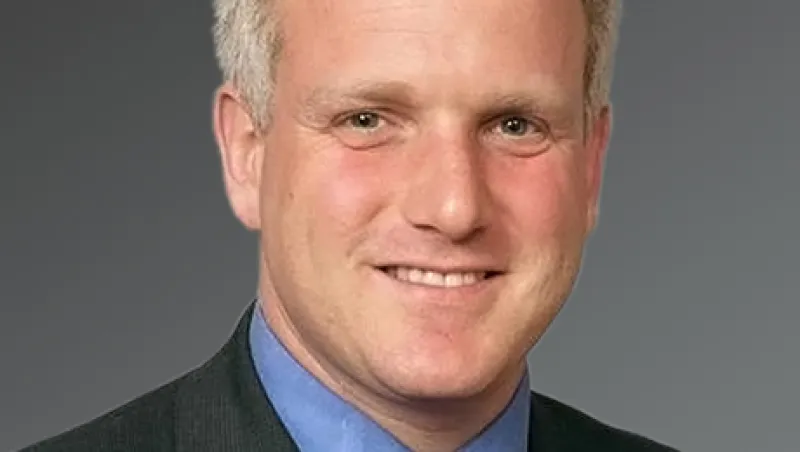Stuart Linde, who directed the research department that led the All-America Research Team from 2003 through 2009, left Barclays late last month, saying it was time for a change.
“I had been with the firm for 16 years, of which 11 were as research director — first for the U.S., then the Americas and then as global head of equity research,” he notes. “I am grateful to Barclays for giving me the opportunity and the resources to reestablish our global franchise. It is time for others to carry the torch.”
Jon Scoffin, who until recently directed company coverage in the Asia-Pacific region, will replace Linde, according to Lawrence Kantor, Barclays’s global head of research.
Linde joined Lehman Brothers in 1998 from Gerard Klauer Mattison & Co. as an analyst covering leisure and casino companies. He was voted onto the All-America Research Team three times from 2000 through 2003, when he was tapped to run the department. That same year, Lehman unseated Smith Barney Citigroup atop the roster and the crew claimed the first of what would become seven consecutive appearances at No. 1.
In 2008 massive losses related to investments in subprime mortgages drove parent company Lehman Brothers Holdings into bankruptcy. Barclays bought the firm’s North American assets, including its research operations, and Linde was charged with moving the department from one bank to the other.
“Personally it was my most gratifying period — and also the hardest,” he recalls. “Not only did we launch coverage of a thousand stocks in one month, we sustained No. 1 [on the All-America Research Team] for 2008 and 2009. We never had a chance to breathe. By the end of October 2008, we were already hiring in Europe and planning our global strategy.”
That plan included raising Barclays’s profile in new markets. “Lehman was less successful in Japan, and Barclays now is among the top three nondomestic firms [on the All-Japan Research Team],” Linde points out. The firm has a global coverage universe that is 25 percent higher than Lehman’s even though its research department head count is 20 percent lower, he adds.
“Stu successfully led the global buildout of equity research in Europe and Asia, where we have achieved top-ten status in all of the major markets in which we compete,” Kantor affirms. “He has been a culture carrier and leader for the firm. A key feature of his legacy is the large amount of young talent he has nurtured into senior positions in the department.”
Analysts who have worked with Linde are also quick to sing his praises. “Stu has a unique ability to be both really competitive and a nice guy at the same time, and the culture within Lehman’s research group reflected his personality,” says Robert Hopkins, who covers the Medical Supplies & Devices sector and has been voted onto the All-America Research Team ten times since 2004, the first four while working at Lehman and more recently on behalf of Bank of America Merrill Lynch.
“Stu and his predecessors Joe Amato and Steve Hash have had a huge influence on my career as an analyst,” Hopkins adds. “They created an adaptive model at Lehman that provided a strong framework for success with real structure, but they also allowed plenty of room for an analyst to focus on his or her own individual strengths.”
The research business has changed a lot in the past decade and a half, Linde observes. “The velocity of information today is significantly greater, and the demands from clients are also greater,” he says. “More coverage and publishing, a greater number of client meetings and a greater emphasis on corporate access, more vetting, and so on. Time management is more important than ever.”
But some things haven’t changed. “A great analyst is still a great analyst,” the 47-year-old maintains. “You have to have a great product — know what your clients want to consume — service clients incessantly and understand what it means to drive value and revenues.”
Linde plans to take some time off before pursuing his next career. “The past five and a half years have been exhilarating and also exhausting,” Linde adds. “We did a great job getting through the Lehman bankruptcy. We were able to sustain our dominant U.S. franchise while at the same time growing our global footprint. As you would imagine, building something from scratch while having to sustain a top franchise is a tremendous experience — something I will never forget, and I am grateful to Barclays for the opportunity.”
As to what his next move will be, he’s not sure. “I enjoy managing people, setting strategy, driving outcomes and inspiring people. I am open to all opportunities that can leverage my skill set,” Linde says. “I love what I do and really enjoyed my tenure at Lehman-Barclays, something I will always be proud of. I am looking forward to my next adventure.”






